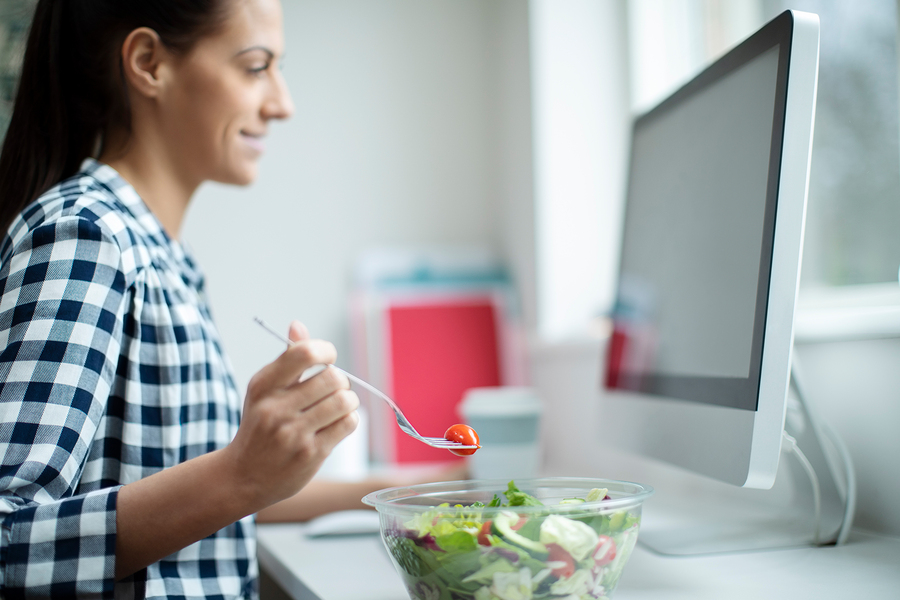Unless you’re someone who already plans their meals and does a lot of home cooking, it likely that you treat work lunches as an afterthought. After your breakfast (if any), you normally wait for the early afternoon stomach grumbles before you desperately rush to the closest food outlet.
Depending on your pay, eating out for lunch every day might not be that much of a concern to your wallet. However, if you’re the type of person who wants to find a way to save a little extra cash each week then making your lunch at home and bringing it to work is a common-sense tactic.
Not only does eating home-made lunches save money, it can also be much healthier for both your body and mind. Let’s take a look at 3 reasons why you should switch to bringing lunch from home!
Save your money
Obviously, making a sandwich at home is going to be less expensive than buying $10-$15 meal. If you buy some fresh smoked meats from the butcher, some cheese slices and lettuce, you can make a protein-packed sanga to look forward to enjoying in the break room.
Of course, a basic sandwich might not be exciting to have every day of the week, so try to mix things up as much as you can. As long as you make sure that what you make is costing less than what you would have spent eating out – you can take pretty much anything from home that you want.
Try and mix things up by replacing the sandwich with yogurt or a bowl of soup you made the night before. Making soups you can microwave at work is one of the most cost-effective lunches you can ever do considering how much nutrition you get for the low-cost of making it.
Maximise your break
While you might think that making lunch at home is adding time to your day, it can actually be a lot more time-efficient than eating out at work. Think about how much of your lunch break is spent walking around the streets, browsing, waiting in line and returning to the office – when you bring food from home you maximise your free time to enjoy your lunch.
Rather than trying to quickly stuff down a meal before your lunch break is over, bringing food from home means you’ll be eating almost instantly and relaxing the rest of your free time. If you get an hour for lunch, you could finish a sandwich in 10-15 minutes then spend the rest of the time catching up on a book, watching a TV show you downloaded or even just playing a game on your phone.
Bringing lunch from home allows you to maximise the free time you get during your break at work, making said break more impactful in terms of giving you the rest you need to finish the day. Get the most out of your lunch breaks – bring food from home!
Reduce your stress
The time and money you spend eating lunch outside the office from Monday to Friday is also going to cause you a degree of stress, one way or another. When money is tight or when you’re really having a stressful week in the office, saving some cash and having more time to relax during your break can be really important in surviving your job.
Waiting until you get uncomfortably hungry before you choose what to eat can cause you to pick meals you might not have otherwise. If you’re trying to eat healthier, giving into afternoon office hunger can thwart your efforts very quickly and harm your self-esteem.
Knowing that you have something from home that you know that you’ll enjoy and won’t have to wait in line for gives you that extra peace of mind during the work day. Instead of slowly getting irritated by your growing hunger, you can get up and start eating your lunch as soon as you feel like it.
All of this makes the work day run that little bit smoother and ultimately helps you to be more productive in your job. In that sense, you could argue that bringing lunch from home is a good step in demonstrating a greater commitment to your role – something superiors might unconsciously factor in when considering you for promotion.
As you can see, there’s plenty of good reasons to ditch the lunchtime rush and start bringing food from home.


